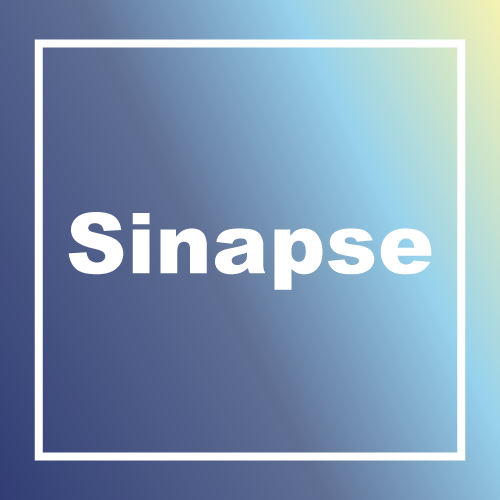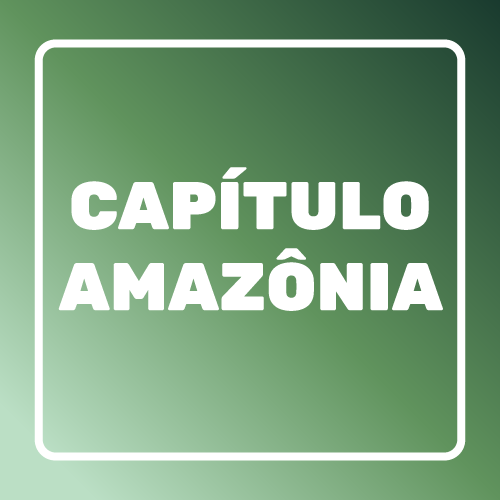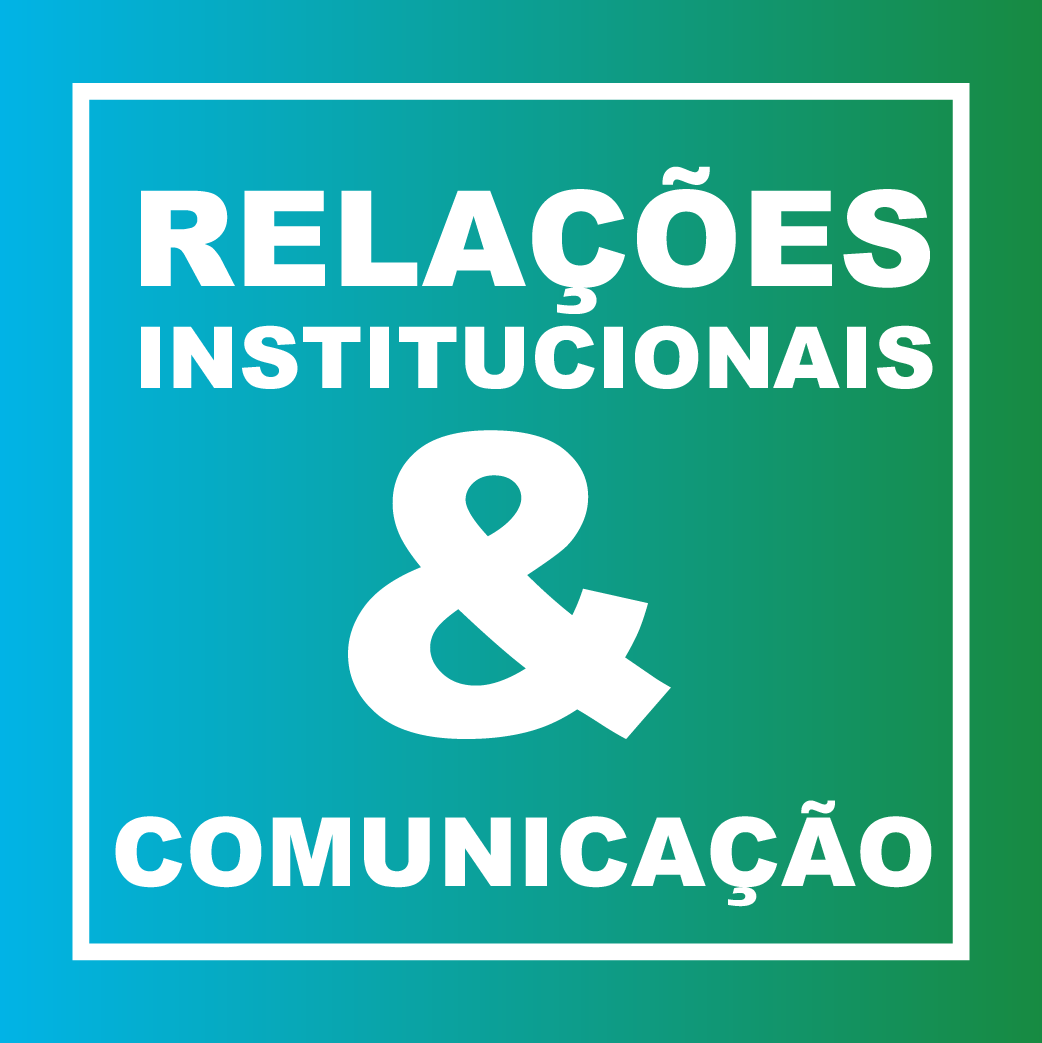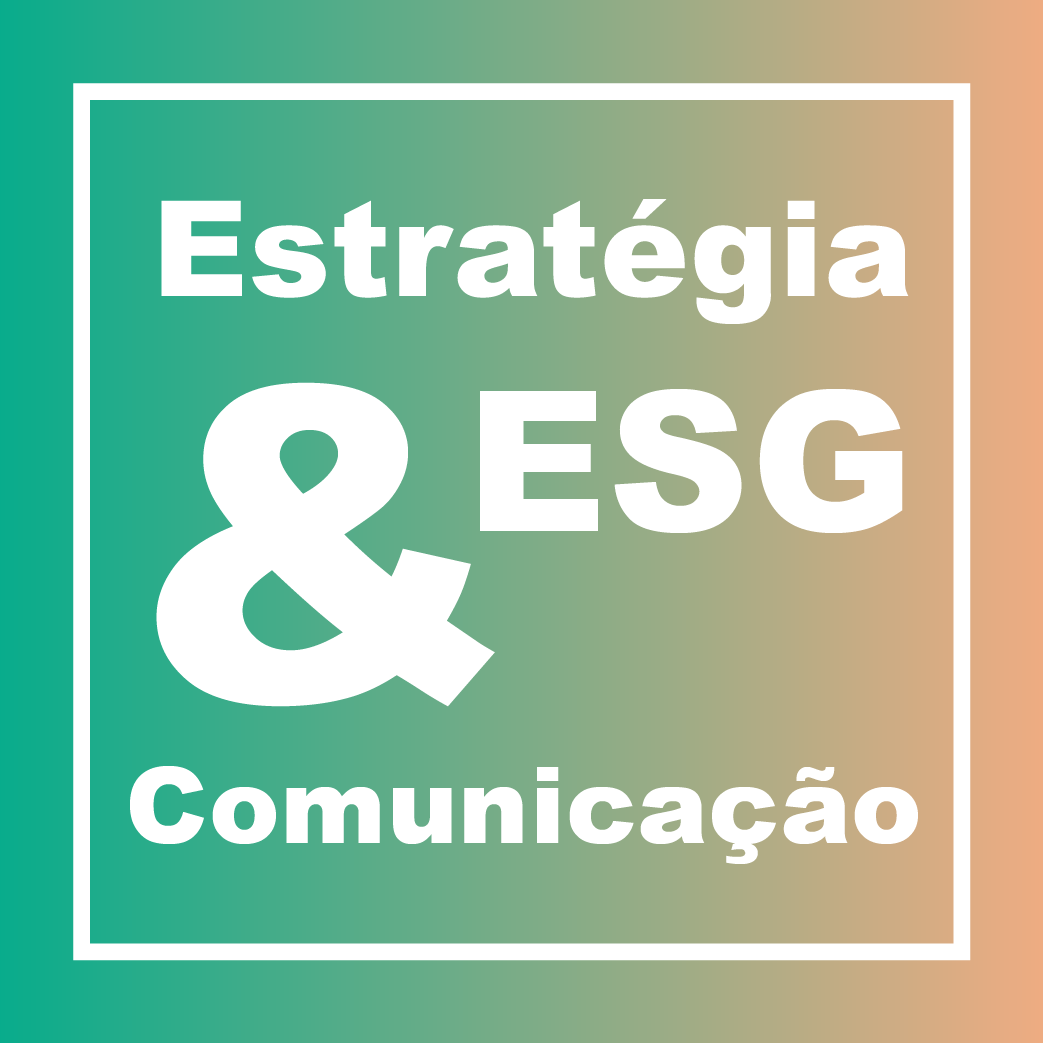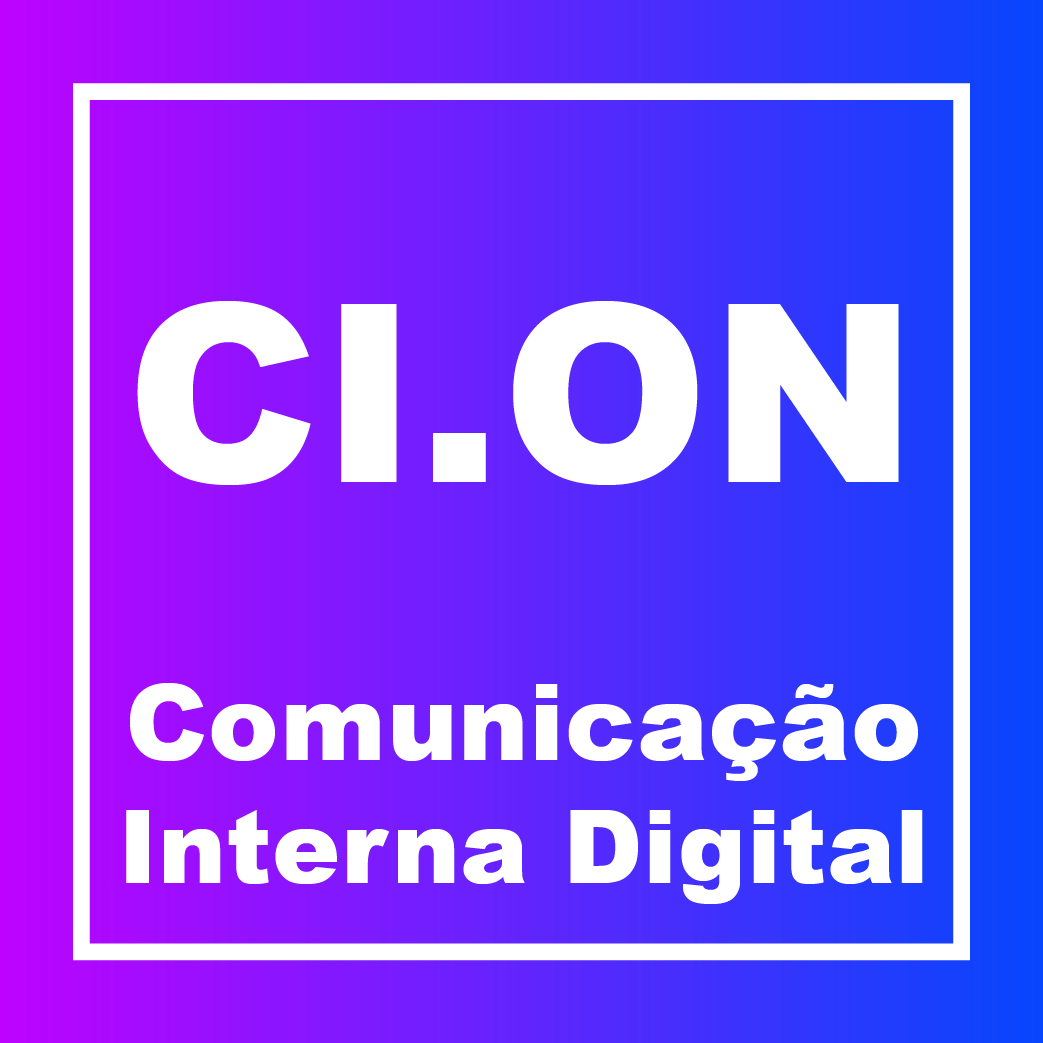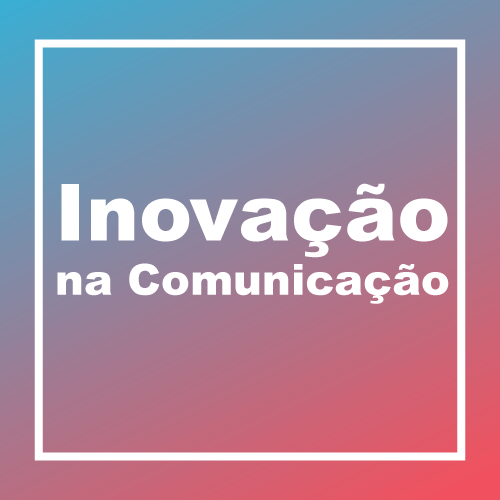An Event that brings together organizations to discuss the “Communication in the Age of Social Causes”

The new configurations of society have created challenges for those who want to not only communicate, but to also engage citizens in actions that support the common good. To discuss this new environment, Aberje – The Brazilian Association of Business Communication, the Cause agency, GIFE and the Arapyaú Institute held the event “Communication in the Age of Causes,” in São Paulo on August 10.
Monica Gregori, a partner at the Cause agency who led the elaboration of the study “The flow of causes,” released by the Arapyaú Institute, believes that the world is living through a time of transition on three fronts: technological, in development models and in power structures.
First, the arrival of new technologies has created more horizontal and real-time communication, bringing other voices to the public sphere. These new actors began to produce content causing many barriers to fall, resulting in an imbalance of power. The second transition occurs, as a consequence of the world being more open and collaborative, leading to a break with the power structures. In this context, transparency has also become pervasive. “As people have access to all kinds of information and it is much more available, it requires institutions that are more integrated,” said Gregori.
And finally, the third pillar – transitions in development models – which points to six major trends that will shape the coming decades: climate change; alterations in biodiversity; population growth and longevity; greater integration and differentiation of cultures; technology advances; and expansion of knowledge.
Faced with these realities in society people now have, as they should, new values and behaviors. This requires institutions who want to promote their causes, to adopt new postures and attitudes that follow the current transformations.
“Therefore, we say that a ’cause’ is when the purpose of the organization meets the demands of society, a powerful cause is this intersection,” said Gregori. She notes that communication is articulation and, therefore, the organization must be able to communicate with various universes with conviction, coherence and consistency. She also points out that institutions need to communicate what they do and what they communicate. “Sometimes it is more important for an organization to change its approach and then afterwards, communicate about it,” she said.
Among the remaining barriers in the communication of causes is fragmentation. Each one of us disseminates our own content which contributes to the dispersion and noise. Gregori also points out that these current configurations have inverted the logic of mass media. What you see today are the masses of media – all producing information. Organizations are having difficulties knowing how to deal with it. “If everyone is producing content, who are the editors? Is this another barrier? “she asks.
Marcelo Furtado, the executive director of Arapyaú Institute, noted that the decisions taken within the communications area of an organization should be based on a number of variables, such as the creation of achievable goals; the audience that it is targeting; the definition of the best available channels for the goals you want to achieve; the right language; the production of quality content that is clear, among others aspects (see details of the study).
“You have to remember that the objective of the communication of causes is to inform, communicate and educate. To achieve these goals the institution must be innovative and take risks.” he said.
During the meeting, experts also presented some industry cases that have successfully engaged new people to causes with the use of an intense process of communication. This is the case with Maria Farinha Filmes, a production company that emerged from the Alana Institute, which used audiovisual media to tell impactful stories that inspire transformation.
Eduardo C. Queiroz, the CEO of Maria Cecilia Souto Vidigal Foundation, for example, told how the organization works with the communication of the “early childhood” cause. The process involved a series of actions designed to educate key actors in the area. These included courses for public administrators which resulted in the approval of the Legal Framework for Early Childhood. In addition the foundation disseminated the cause to the general public, with the film “the Beginning of Life.”
The event also included the presence of Andre Degenszajn, secretary general of GIFE; Denis Mizne, general director of the Fundação Lemann and Luiz Lara, founder and president of Lew’Lara, among others.
Adapted from the original text: http://gife.org.br/evento-debate-a-comunicacao-na-era-das-causas/
COMENTÁRIOS:
Destaques
- Escola Aberje leva comunicadores para Amazônia em expedição imersiva
- Encontro de líderes debate responsabilidade do setor empresarial e papel da comunicação na COP30
- Aberje realiza reunião presencial com Comitês de Estudos Temáticos em São Paulo
- A comunicação é forte em mercados em que as associações são fortes
- Aberje participa do painel de entidades no 19º Congresso da Abraji
ARTIGOS E COLUNAS
Marcos Santos Maratona da vidaMônica Brissac Thought Leadership: marca pessoal x reputação corporativaLetícia Tavares Liderança comunicadora: um tema sempre atualHamilton dos Santos Comunicação é estratégica na economia contemporâneaCarlos Parente Um salto ornamental para mergulhar no pires




















